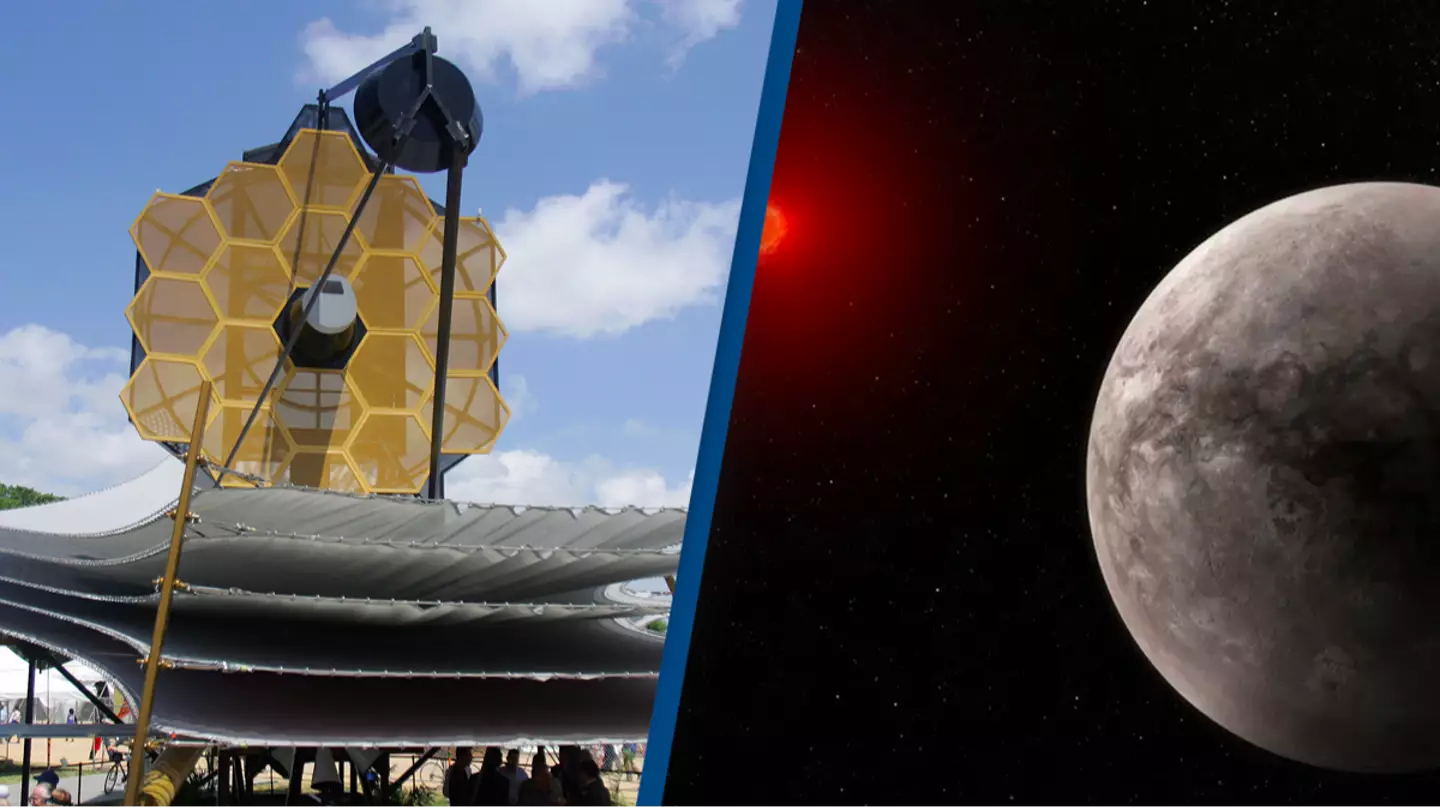James Webb Space Telescope discovers light on an Earth-like planet for the first time ever
The discovery marks the latest made by the James Webb Space Telescope since it launched in 2021
Featured Image Credit: Tim Sloan/AFP/Getty/NASATopics: Science, Space, NASA

